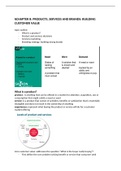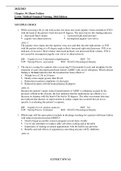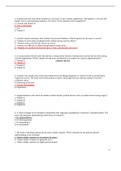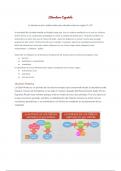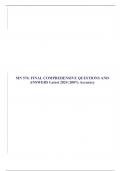Samenvatting
Summary Marketing book Principles of Marketing, IBS quarter 3, year 1
In deze samenvatting worden de hoofdstukken 8,9,10,11,12,13,14,15,16,17&18 behandeld. Deze samenvatting is gemaakt voor het eerste jaar van international business en het tweede gedeelte van marketing (quarter 3).
[Meer zien]
